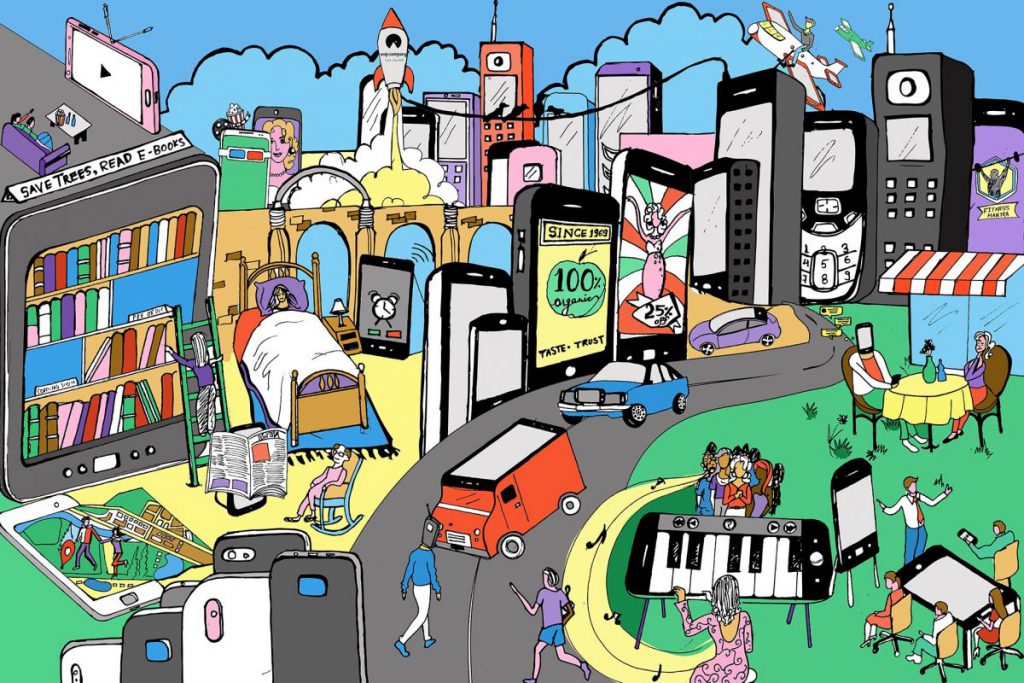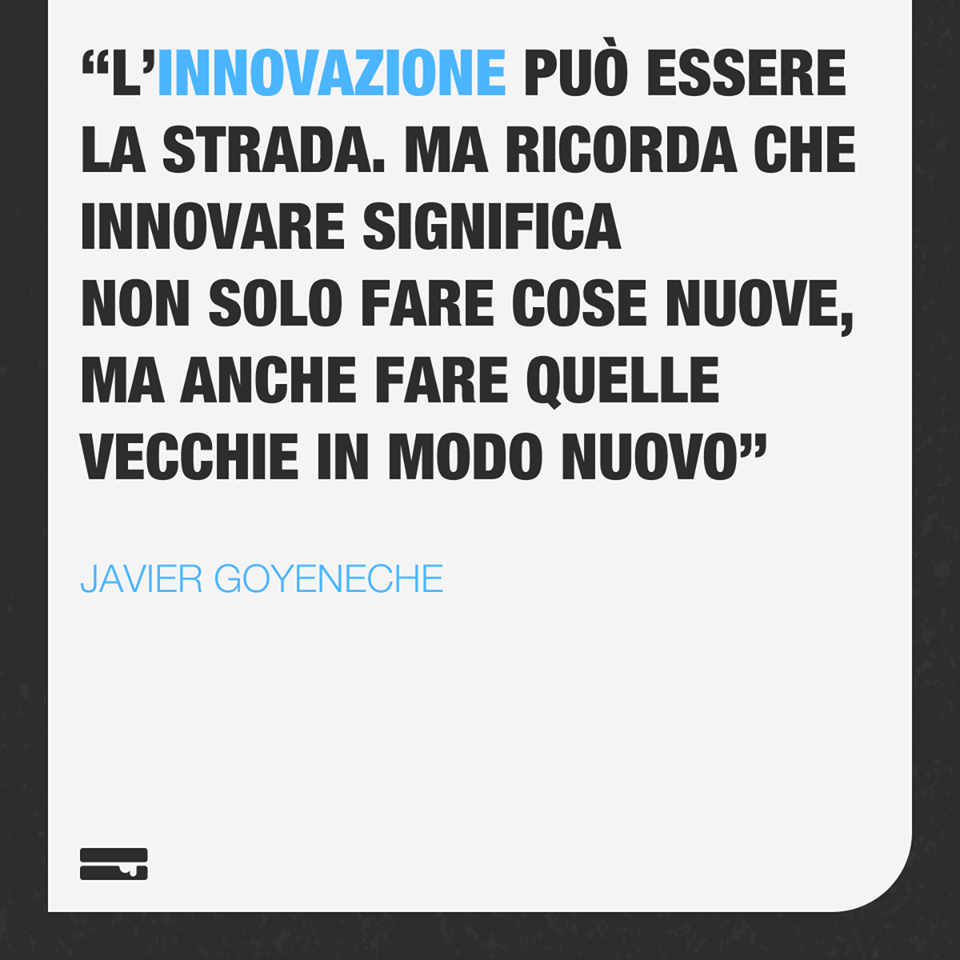● DIGITAL TRANSFORMATION 27.04.2020
● DIGITAL TRANSFORMATION 27.04.2020

Ho pensato a come iniziare questo articolo sulla Digital Transformation per molto tempo. In primis perchè è il primo articolo del neonato blog di BiscuitWay; in secundis perchè il tema è figo e le cose fighe di solito hanno bisogno di espressioni fighe.
Poi ho capito che le cose fighe di solito le fanno i markettari e se ho imparato una cosa negli anni è che a volte ciò che viene più difficile è andare al succo.
Quindi niente segreti del successo, niente strumenti di cui non ti aveva parlato nessuno e neanche formidabili consigli che ti spiegheranno quale libro leggere (corredato di invito all’acquisto su Amazon con tanto di affiliazione) in modo da diventare immediatamente l’innovatore di te stesso o della tua azienda o… del tuo condominio.
Rompiamo il ghiaccio. Rispondiamo in maniera secca su cosa la Digital Transformation NON è. La Digital transformation non è un sito web alla Italiaonline (a proposito, simpaticissima la pubblicità), non è neanche un e-commerce, non è un gestionale wow. Non è per niente l’apertura della vostra fantastica pagina aziendale su Facebook o LinkedIn. No, vi assicuro. Non vi cagherà nessuno.
La fortuna e la sfortuna del web è che è necessario esserci ma ciò non è sufficiente per farvi trovare. Ed anche se vi trovassero, non è detto che ciò sarebbe utile al vostro business, anzi.
Ma proviamo a dire cosa è la Digital Transformation. Per me la Digital Transformation è un cambio di visione e di approccio, detto figo figo un cambio di mindset.
Facciamo un esempio pratico e non patinato. In Italia circa il 76% delle imprese sono PMI (quindi l’universo intero a partire dalle microimprese per passare alle piccole e alle medie). Ma proviamo ad immaginare il caso di un commerciante.
Uno di quelli che per 20 anni ha alzato la sua saracinesca, ha acceso le luci, ha lavorato dentro una bottega di 36 mq contati e aspettato pazientemente i suoi clienti.
Ecco, quest’uomo, quest’eroe dei tempi moderni (e non scherzo!) oggi non ha bisogno di un sito web. Ha bisogno di aprire la sua mente a nuovi paradigmi di crescita del suo business; di qualcuno che lo aiuti a rilevare le sue potenzialità e criticità; di qualcuno che analizzi con lui di cosa ha veramente bisogno per ridurre i costi e aumentare i profitti.
Partiamo quindi da alcuni concetti base. La Digital transformation non può prescindere dal concetto di innovazione. E via con la prima citazione più che onesta:

L’ottimo Saverio, come amiamo chiamarlo in momenti conviviali, ha secondo me centrato il punto. Molti hanno parlato del digital, del web e dell’innovazione come il Paese dei Balocchi e in questi anni ci hanno anche fatto un bel po’ di quattrini.
Ma io ricordo molto bene che fine hanno fatto Lucignolo e Pinocchio, come so molto bene che fine hanno fatto quegli imprenditori che si sono tuffati senza criterio in questi processi.
Dopo la corsa all’innovazione, gli imprenditori e professionisti scottati da investimenti senza utilità né ritorno hanno mollato la presa e si sono rintuzzati nei loro gusci tradizionali, come fa un innamorato tradito.
D’altra parte i canali tradizionali sono sempre funzionati, perché abbandonarli?
È proprio questo il punto, NON bisogna farlo. La Digital Transformation che si rispetti non trasforma niente che funzioni già bene. La Digital Transformation va ad intervenire solo su ciò che va veramente ottimizzato o sulla creazione di nuovi canali di vendita e/o distribuzione e/o ottimizzazione dei processi aziendali.
Ma sia chiaro, la bussola della Digital Transformation la deve tenere in mano sempre l’imprenditore o il professionista. Va bene che sia aiutato, supportato, indotto. Non va bene che la subisca, perché non modificherebbe il famosissimo e fighissimo mindset.
Quindi in realtà come possiamo dividere la trasformazione digitale di un’azienda? Direi in 4 step:
In questo articolo introduttivo al tema, ho fatto lo sforzo di scomporre la transformation dal digital. Nei prossimi articoli lo ricomporrò spiegando perché non si può oggi prescindere dagli strumenti digitali.
Aloha!
Written By
Sergio Serafini
Head Of Innovation